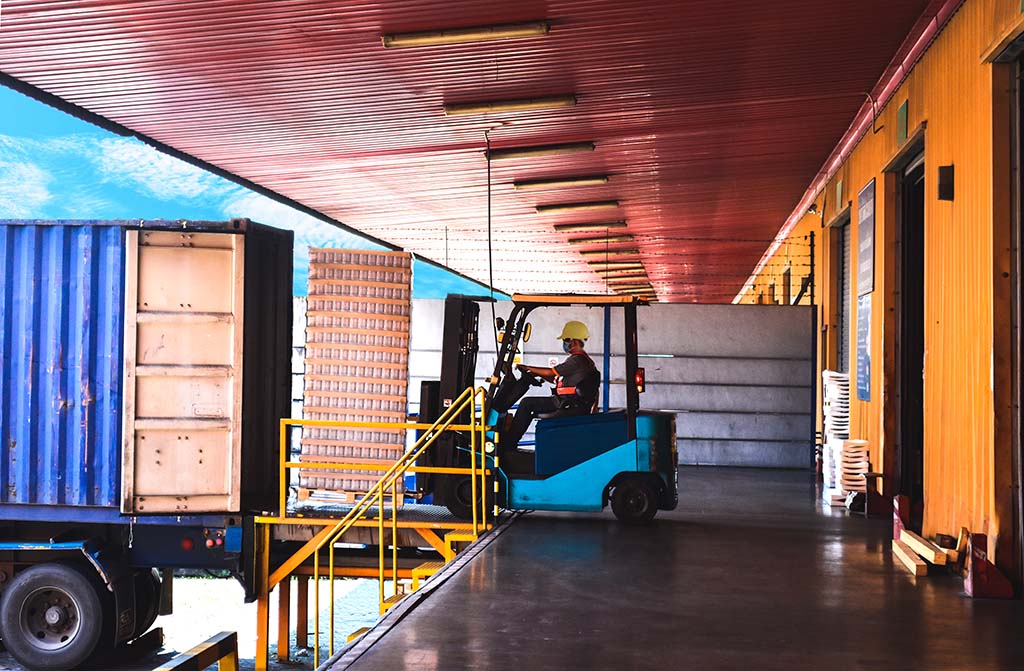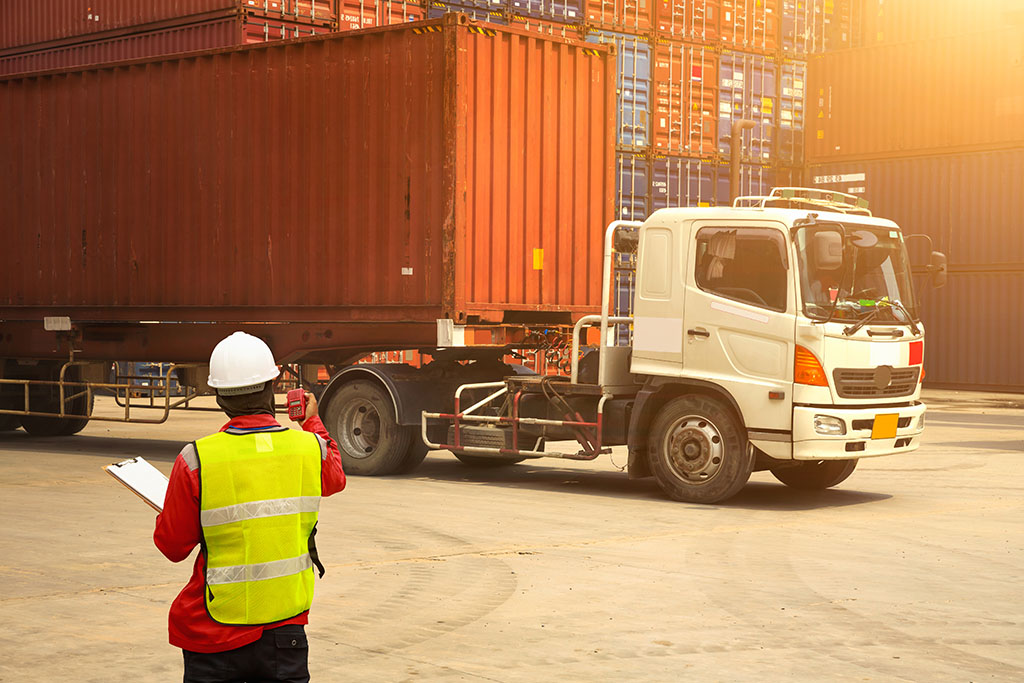If you’re expecting a shipping container truck to arrive at your site, one of the most important things to consider is how much space is needed for a safe and efficient delivery. Whether you’re receiving a 20ft or 40ft container, understanding the clearance, turning radius, and loading or unloading requirements is essential for a smooth process.
From short-distance deliveries to long-distance hauls, knowing what your container shipping truck needs in terms of space and accessibility can help you avoid delays, extra fees, or even a failed delivery. Let’s break down exactly how much space you need and what factors influence the process.
1. Understanding the Space Requirements for a Shipping Container Truck
The amount of space a shipping container truck requires varies based on the size of the container, the type of delivery truck, and the accessibility of your site. The two most common container sizes are:
- 20-foot shipping containers
- 40-foot shipping containers
Most shipping container transport trucks are designed to handle these standard sizes, but they still need enough room to load and unload safely.
Here’s a general guideline for how much space you should plan for:
- 20ft container delivery → Needs at least 60 feet of clear space in front of the drop-off point.
- 40ft container delivery → Needs at least 100 feet of clear space in front of the drop-off point.
- Turning radius → A container shipping truck usually requires at least 12 feet of width to turn properly.
- Vertical clearance → Keep the area free from power lines or trees, with at least 14 feet of overhead clearance for standard containers and 16 feet for high cube containers.
If your site does not meet these requirements, you may need to move a shipping container using a crane or forklift, which can add to the delivery cost.
2. Choosing the Right Shipping Container Transport Truck
There are different types of shipping container transport trucks, each with unique loading and unloading capabilities. Choosing the right truck for your site’s space is crucial.
Tilt Bed Truck (Most Common)
A tilt bed truck is one of the most cost-effective options for delivering 20ft and 40ft containers. These trucks tilt the bed back, allowing the container to slide off onto the ground.
Space needed:
- 20-foot shipping container → Needs about 60 feet of space in a straight line
- 40-foot shipping container → Needs at least 100 feet of space in a straight line
Best for: Sites with level, firm ground and plenty of space in front of the drop-off area.
Flatbed Truck
A flatbed container shipping truck is used for long distances or when a loaded shipping container must be delivered with a crane or forklift for unloading.
Space needed:
- 20ft container → Needs at least 50 feet of space
- 40ft container → Needs at least 90 feet of space
Best for: Deliveries to locations where containers need to be lifted off the truck and placed precisely.
Side Loader Truck
A side loader truck can load and unload a shipping container directly onto the ground using built-in lifting arms.
Space needed:
- At least 10 feet of width on both sides of the truck.
- 50-70 feet of clearance in front of the truck.
Best for: Sites with tight spaces that don’t allow for a tilt-bed delivery.
3. How to Unload a Shipping Container from a Truck
Knowing how to unload a shipping container from a truck properly can save you time, money, and unnecessary hassle. The method depends on the type of truck used:
Tilt Bed Truck Unloading
- The tilt bed truck backs up into position at the delivery site.
- The truck bed tilts backward, allowing the container to slide off gradually.
- Gravity helps the container settle onto the ground as the truck slowly moves forward.
Pro Tip: Make sure the ground is level and firm to prevent shifting.
Crane or Forklift Unloading
If your site has limited space, a crane or forklift may be needed. This process involves:
- A crane operator or forklift driver lifts the container off the truck shipping container.
- The container is carefully placed in the designated spot.
- Support blocks or foundations may be added for stability.
Pro Tip: This option is often necessary for placing high cube containers in specific areas.

4. Preparing Your Site for Shipping Container Delivery
Before your shipping container transport truck arrives, ensure your delivery site is fully prepared:
1. Measure Your Space
- Ensure there’s at least 60-100 feet of clearance in a straight line for delivery.
- Check for obstacles like power lines, trees, or other obstructions.
2. Check the Ground Conditions
- The area should be firm, dry, and level to prevent sinking.
- Avoid muddy or soft surfaces. If necessary, lay down gravel or concrete pads.
3. Plan for Loading and Unloading
- If using a tilt bed truck, confirm there’s enough space for it to back in and tilt.
- If using a crane or forklift, make sure there’s enough clearance for lifting the container.
4. Communicate with the Transport Service
- Confirm shipping container moving details in advance with your moving company.
- Discuss any special requirements, such as needing a crane operator.
5. Common Mistakes to Avoid
1. Underestimating the Space Needed
Many people don’t realize how much room a shipping container transport truck actually needs. Always measure in advance!
2. Forgetting About Terrain and Ground Stability
Soft ground can cause trucks to sink, leading to a failed delivery. Make sure your site is prepared.
3. Not Checking for Hidden Fees
Some moving companies charge extra for obstacles, additional unloading time, or failed deliveries. Always ask about hidden fees in advance.
The Bottom Line
A successful shipping container delivery starts with proper planning. By understanding the space needed for a container shipping truck, preparing your delivery site, and choosing the right shipping container transport method, you can avoid costly mistakes and delays.
Whether you need a tilt bed truck for a cost-effective drop-off or a crane or forklift for precise placement, Tradecorp has the expertise to ensure a smooth and efficient delivery.
Ready to move a shipping container to your site? Contact us today for expert advice and hassle-free shipping container moving services!

